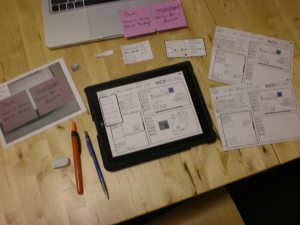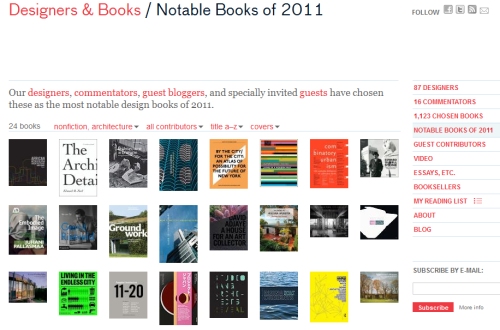During this fall semester I did a project whose main goal was to create a product capable to help academic people manage efficiently their time.
To better understand the problem, it was necessary to do some literature review. The articles analyzed allowed me to discover some trends that have been observed regarding time management subject.
During the research process, it was also important to interview people and observe them by doing Contextual Inquiry. The goal was to find out how people manage their time, especially those with multitasking (personal and professionally speaking),



All data collected was summarized in several models, which were important to generate the affinity diagram. This last one shows that people talked manly about 4 subjects: Calendar, E-mail and Requests, Rules and Strategies, Tasks and Prioritization. Each one has insights, breakdowns and some ideas that users think it would help their daily life.


After, I looked at similar products in the market to learn from their strengths and weaknesses. Since the focus of this product was mainly on Calendars, Tasks and Notes, I selected products that covered these features.

Gathering all these results, I envisioned an application mobile (time management happens everywhere, in any context), flexible (people want to have their own strategies and rules), simple (people do not want to waste time managing their time) and ubiquitous (people want it to be synchronizable with different tools). This vision was the basis for drawing a low-fidelity prototype, which has simply three main areas: Calendars, Tasks and Notes. This is synchronized not only with electronic tools, but also with physical artifacts. Admitting that people are always going to use post-its, paper notebooks and paper sheets, this application provides the capability of taking pictures (or record a video/audio) and adding them as events, tasks or notes.

After the paper prototype created, was time to test it with users. Think Aloud sessions were conducted, which is a low cost and quick method that allowed users doing a quick exploration of the ideas presented, as a way to understand how usable it was.

The scope of the project ended with Think Aloud session. However, there were many insights that should be considered in the future solution. For example, some problems were caused because users’ behaviors and thoughts were based on other applications they already use. There are different approaches to resolve this specific “problem”, but it has to be tested in an iterative process.












